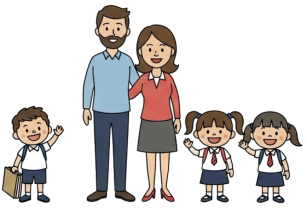
Question More, Action Knowledge.
Remember, at QMAK, we don’t just teach; we empower. We don’t just inform; we inspire. We don’t just question; we act. Become a Gold Member, and let’s unlock your child’s full potential, one question at a time.
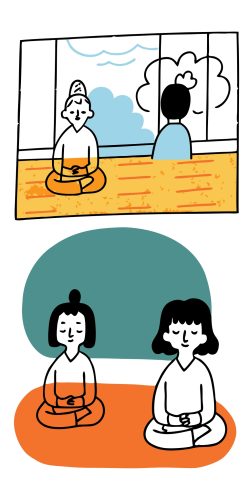
Mindfulness and impulse control help children respond thoughtfully rather than reactively to challenges, giving them greater agency in their emotions and behaviors.
Research indicates that mindfulness can have a positive impact on a child’s ability to manage stress and respond to challenging situations more thoughtfully, reducing the likelihood of perceiving themselves as victims (Georgiou et al., 2019).
For 7-year-old children, the ability to pause, reflect, and choose their responses is still developing. Their natural tendency may be to react immediately to frustrations, disappointments, or perceived slights. When children lack impulse control, they may respond in ways that escalate conflicts or reinforce feelings of helplessness.
Mindfulness practices help children develop awareness of their thoughts, feelings, and bodily sensations, creating space between stimulus and response where they can make more constructive choices.
Purpose: To develop awareness of breath as an anchor to the present moment, building the foundation for emotional regulation and focused attention.
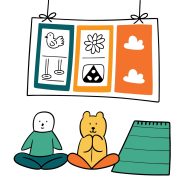
Introduce breathing as a conscious activity:
Introduce structured breath practices:
Establish consistent mindful breathing habits:
Connect breath to managing feelings:
Foster self-initiated use of breathing techniques:
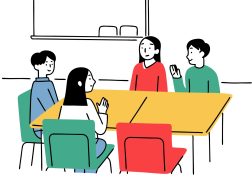
Purpose: To develop the ability to pause, reflect, and respond mindfully rather than react impulsively, building the foundations for thoughtful action and decision-making.
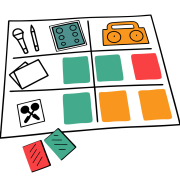
Create playful opportunities to practice stopping:
Develop the foundational ability to stop on signal:
Increase difficulty as skills develop:
Bridge physical freezing to mental pausing:
Apply physical freezing to behavioral pausing:

Purpose: To develop present-moment awareness through mindful engagement with the natural environment, building sensory attention that grounds children in the here and now.
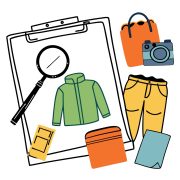
Set the stage for engaged sensory experience:
Guide focused sensory attention:
Enhance connection and awareness:
Guide deeper observation and connection:
Transfer nature awareness to broader mindfulness:

Purpose: To create a visual metaphor for the mind and emotions, demonstrating how thoughts and feelings can be turbulent or calm, helping children understand and manage their internal states.

Make a meaningful tool for emotional understanding:
Connect the visual metaphor to mental states:
Implement as a practical tool:
Apply during actual regulation needs:
Develop deeper understanding over time:

Purpose: To develop body awareness, focused attention, and mind-body connection through intentional movement practices, creating embodied mindfulness experiences.
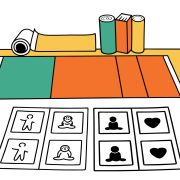
Design engaging, developmentally appropriate activities:
Build basic movement vocabulary:
Create connected movement experiences:
Deepen the mindfulness elements:
Build ongoing engagement with mindful movement:

These mindfulness and impulse control activities help children develop:
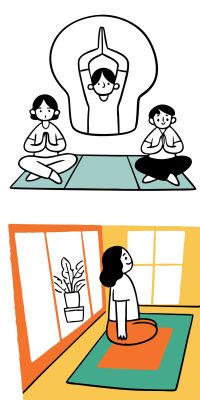
Remember that mindfulness development is an ongoing process. Short, regular practice is more effective than occasional longer sessions.
The goal is to help your child build the capacity to respond thoughtfully rather than react impulsively to challenging situations, developing the internal resources to navigate difficulties with awareness rather than feeling controlled by them.
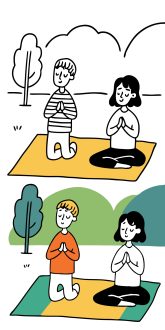
The ultimate goal is to help your child develop a greater sense of agency in their responses to situations, understanding that they can observe their thoughts and feelings and make choices about how to respond—a perspective that directly counters victim thinking with empowered awareness.

Remember, at QMAK, we don’t just teach; we empower. We don’t just inform; we inspire. We don’t just question; we act. Become a Gold Member, and let’s unlock your child’s full potential, one question at a time.